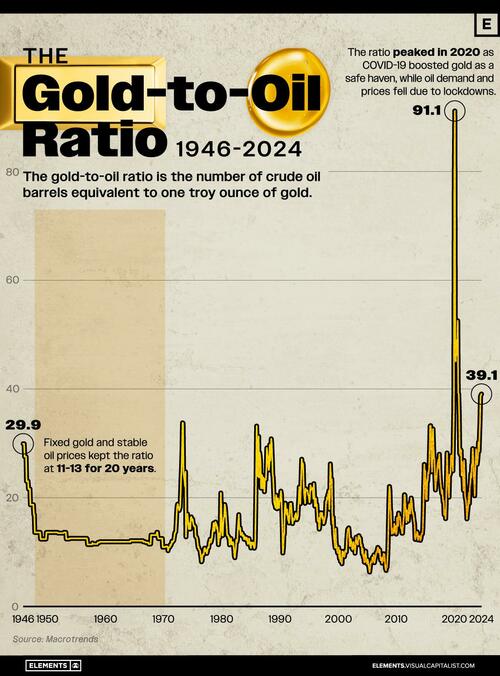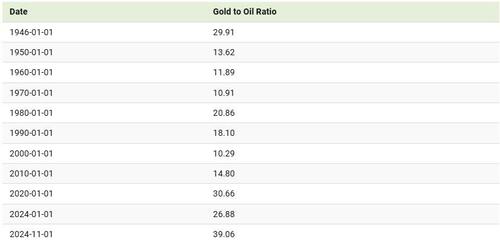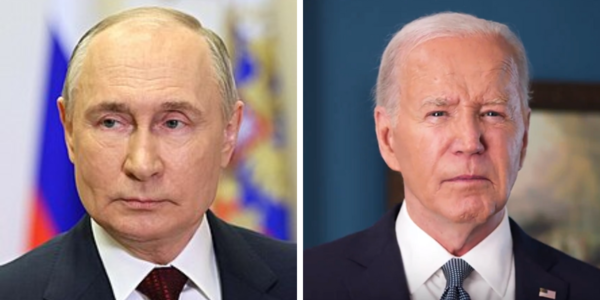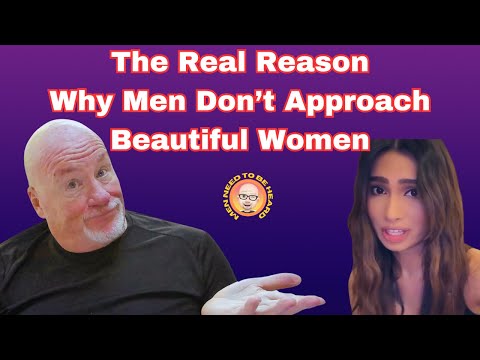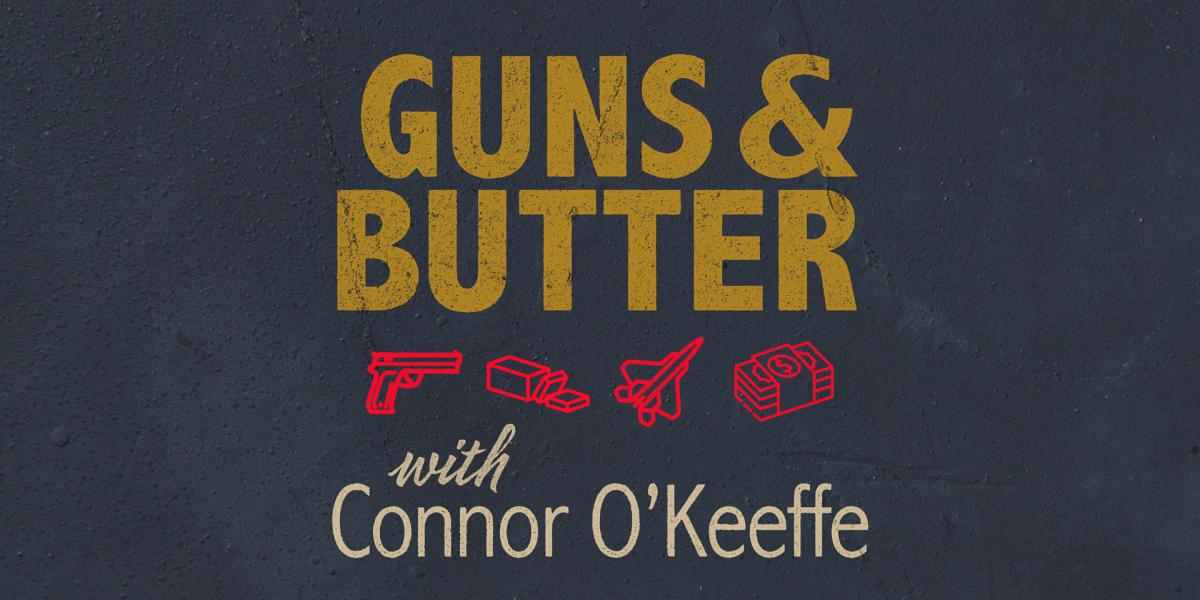
Donald Trump is the projected winner of the 2024 presidential election. After winning back states he had lost in 2020, Trump performed well in Wisconsin, Michigan, and Pennsylvania—states Kamala Harris needed to win. Trump has won more than enough electoral votes to win back the White House and, as of early Wednesday morning, is projected to win the popular vote.
Republicans have also retaken control of the Senate. Control over the House of Representatives is still up for grabs but, so far, Republicans are on pace to take that too.
Trump’s win represents another major and well-deserved repudiation of the Washington establishment. In 2016, Republican voters decisively rejected Jeb Bush—the establishment’s chosen GOP candidate—and sent Donald Trump to the White House on a refreshingly anti-establishment platform.
While he largely governed like an establishment Republican in his first term, his occasionally anti-establishment rhetoric was enough to prompt a full-court press from the political class to first force him out of office and later to disqualify him from ever holding power again. In the realm of public opinion, the establishment’s chosen tactic was to label Trump a racist, misogynist, wanna-be fascist whose supporters back him simply because they hate everyone who isn’t straight, white, and male.
As Murray Rothbard wrote in a controversial, but prescient essay back in 1992, the modern Washington establishment has shown a robust willingness to excuse and even side with explicit racists. They aren’t actually appalled or offended by off-color jokes and statements. They just recognize that it’s easier to get regular, everyday Americans upset about those things than the rhetoric that truly worries those in power—in this case, Trump’s honesty about how Washington screws the public over and his skepticism about the need to fight all these wars.
The fact that Trump won again, after eight years of relentless demonization from those in power, is arguably an even bigger loss for the establishment than 2016.
It is certainly a bad outcome for the establishment media. The Trump campaign made a very explicit choice to engage more with alternative media than any other campaign in history. Trump sat for hours-long interviews on some of the biggest podcasts and internet talk shows, bringing his message to millions of listeners in a conversational setting—the opposite of short, scripted sound bites. Meanwhile, the establishment was freaking out about newspapers not printing formal Harris endorsements.
The establishment media is quickly losing relevance in our media environment, and this election result confirms that.
Still, there are plenty of reasons to be worried about Trump’s second term.
For one, there is clearly an effort by some neoconservatives and establishment Republicans to again co-opt Trump’s presidency. Trump, for his part, will probably be happy to bask in calling himself a winner while delegating the actual work to establishment figures who actually oppose many of the policies that make Trump popular with the American people.
Trump is also explicitly bad on a number of issues—like his hawkishness toward China and Iran and his call for more government barriers to trade. And because these positions would grant more power and money to the political class, the prospect of them coming to fruition is far more likely than his better positions.
There is also what has often been dubbed the “only Nixon could go to China” effect, where nominally right-wing politicians have an easier time enacting left-wing policies, and vice-versa. For instance, Trump significantly escalated Obama’s policy and sent lethal aid to Ukraine back in his first term, in part to counter the establishment’s campaign to define him as a Russian puppet. Without vigilant, bottom-up pressure from the public, Trump could easily be worse on some issues than Harris would have been.
Still, there is value in the American people again repudiating the political establishment by voting for a candidate they had clearly deemed unacceptable. If Trump can follow through on his promises to end the war in Ukraine, appoint a libertarian to his cabinet, and finally free Ross Ulbricht, and if he greenlights Elon Musk’s plan to start a government efficiency department with Ron Paul, then this election will prove to have been even more consequential.
With all that said, however, it’s important to keep perspective and not get too carried away by all the focus on this one victory. The unfortunate fact is that some of the most significant issues facing the American people were not featured at all in this election cycle.
The most frustrating example is all the damage caused by the Federal Reserve. As Ludwig von Mises, F.A. Hayek, Murray Rothbard, and countless other economists in the same tradition have explained, when supposedly independent central banks like the Fed print new money and transfer it to the big banks and other politically-connected groups, it transfers the public’s wealth to the political class through inflation and traps us in a never-ending cycle of recessions.
Further, the federal government’s use of money printing allows them to hide and delay the cost of government programs. All the worst things Washington is currently doing to us and to people abroad are only politically possible because of the Fed.
The price inflation our government forces on us is not only a blatant transfer of wealth from the poor and middle class to the politically-connected rich, it has incredibly damaging impacts on our culture. Thanks to Fed-induced permanent price inflation, people are encouraged to take on debt and be more shortsighted and reductionist in their economic decisions, firms become artificially big, the consumption of stuff takes priority over the cultivation and production of resources, the quality of our elites and leaders diminishes, and generosity recedes out of community life.
As if that’s not enough, the political establishment has used its ability to conceal the cost of its programs in inflation and debt to build a massive military-industrial complex. The political class has spent the past eighty years finding and creating new enemies abroad to justify all the power centralized in and money spent on the war-making apparatus in Washington, DC.
Eight decades of military engagements, proxy wars, and arming allies has been lucrative for federal bureaucrats, beltway “national security” experts, and weapons companies. But it’s come at the expense, not only of the American public’s economic well-being, but our actual security.
Today, the world is full of groups—ranging from remote bands of terrorists to nuclear-armed governments—that consider Americans their enemy thanks to foreign interventions conducted by our government that were completely unnecessary. Now, rather than admit their role in bringing about these dangerous conditions, the political class is using our perilous global moment to justify more foreign interventions.
That same cycle where the government creates problems with interventions that are then used to justify more interventions is at work in countless other areas, such as the cost and quality of healthcare, the price of college, the affordability of housing, and more. And again, much of this is enabled and exacerbated by the Federal Reserve system.
All of these are major issues that have serious impacts on the well-being of the American people. Yet they received little to no mention this election season. Inflation was mentioned a lot by both campaigns, but the rhetoric never touched on the true cause and only solution. Trump, to his credit, did have some good moments speaking out against “forever wars” and promising to end the war in Ukraine. But his stance on Iran and China was often even more hawkish than the Washington establishment.
The full context of the interventionist scheme creating and profiting off of the problems facing us at home and abroad was either not understood or intentionally ignored by both campaigns.
The Washington establishment suffered an embarrassing defeat last night, and that’s reason to celebrate. But until the public comes to truly understand how they use central banking and interventionism to enrich themselves at our expense, the good that can come from elections remains frustratingly limited. It’s up to those of us who do to get to work.
What is the Mises Institute?
The Mises Institute is a non-profit organization that exists to promote teaching and research in the Austrian School of economics, individual freedom, honest history, and international peace, in the tradition of Ludwig von Mises and Murray N. Rothbard.
Non-political, non-partisan, and non-PC, we advocate a radical shift in the intellectual climate, away from statism and toward a private property order. We believe that our foundational ideas are of permanent value, and oppose all efforts at compromise, sellout, and amalgamation of these ideas with fashionable political, cultural, and social doctrines inimical to their spirit.
Originally Posted at https://mises.org/

